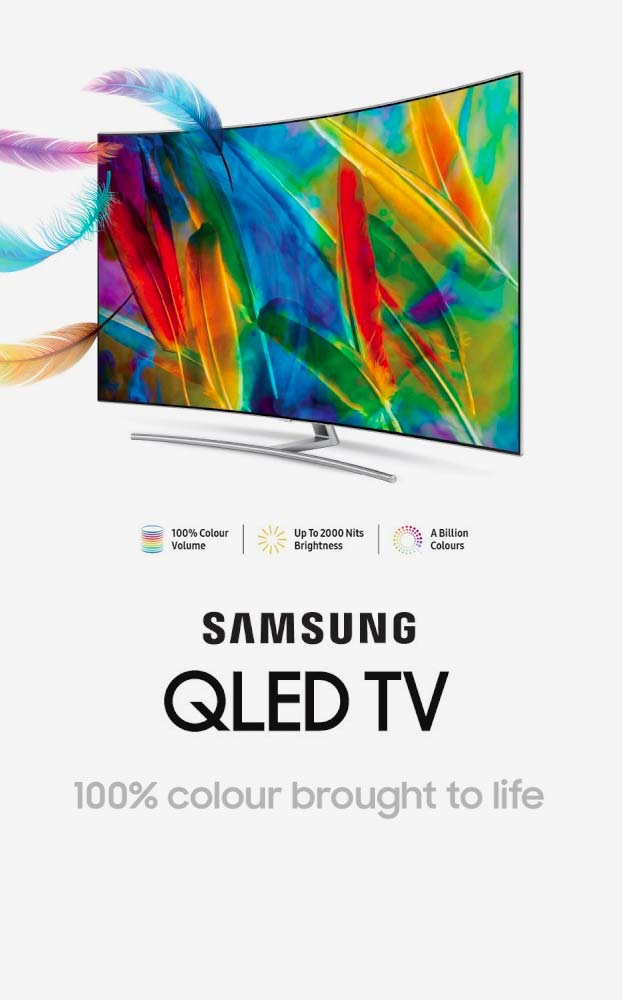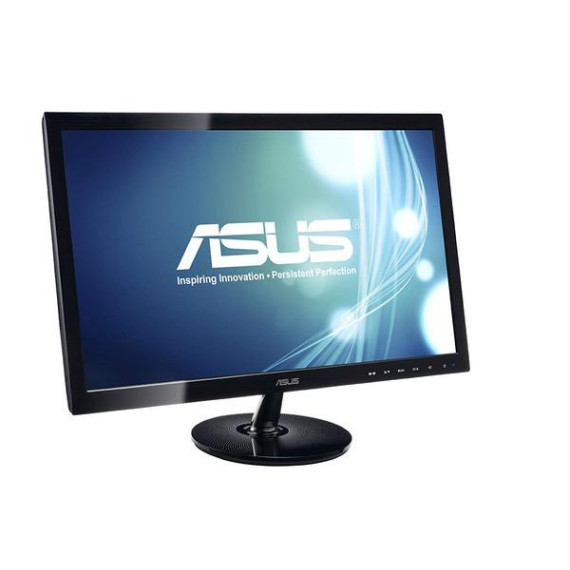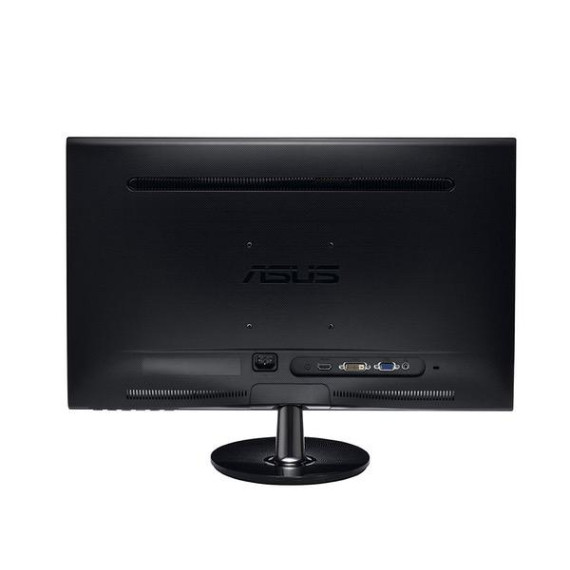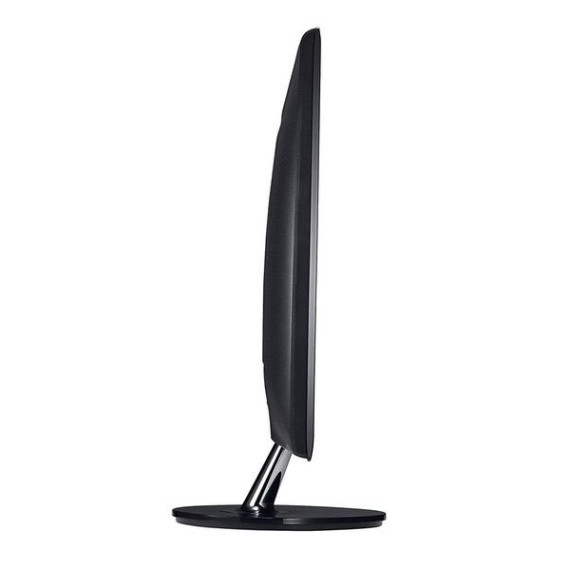Virginian
After six months, this monitor stopped working. Luckily, it has a 3 year "rapid replacement warranty" combined with a "corporate stable model" that commits them to "guaranteeing" a stable supply for a minimum of one year. Well, not really.... I filed the "online RMA request" and got an email telling me to proceed to step 2, which was to call them. No phone number, but after 5-10 minutes of searching, I found a number and called. Im not at all sure what the point of he online process was, because after being put on hold for 5 minutes, the first thing we did was recollect all of the information, even though they clearly already had it. Then the fun started. I got a couple of more emails and a return label; I asked if they were going to send me a box. No, I was told I would have to "Source" that, and that they recommended AGAINST using the box it came in. Could I use the box that they shipped my rapid replacement in, I asked. Rapid Replacement? Youre asking for that? After replying yes and reading the description on the web page, I was rewarded with a ten minute hold. Finally: "were sorry, but that product is not in stock." What? What about the "Corporate Stable Model" that says (and I quote): "As the first monitor series to enter our renowned Corporate Stable Model program, the VS series is guaranteed to remain in stable supply for a minimum of 1 year." Well, that caused a LONG process of repeating data, serial numbers, insistence that my version of the web page didnt meet hers, that my model wasnt covered, etc etc, culminating in: it is not in stock. Needless to say, I got a supervisor who, after a five minute wait followed by a quick revisitation of the model number, serial number, etc, put me on hold for 10 minutes and came back with the new: sorry, not in stock. What does the corporate stable model mean, I asked? Have they actually stopped production? Well, it turns out, "not in stock" means, in the best interpretation, we dont have any today. We may have some tomorrow, but (in a not so good interpretation), we really have no intention of shipping a rapid replacement, so well hurry you right to the "find a box and ship it to us and wait until we decide what to do next process," rather than wait a day or two and honor our commitments. At some point, though, the ASUS supervisor I spoke with did say that the model started production in 2014, so even though it is on todays product page, what the "Corporate Stable Model" means is that ASUS is absolutely committed to rapidly replacing any covered products, so long as they come in by the end of 2015. Starting today. Apparently, I am not the only one subject to the same treatment. This is not a one off. This is a clear, calculated, managed attempt to misrepresent the warranty support for an admittedly cheap - and in my experience - shoddy product. Caveat emptor.


















